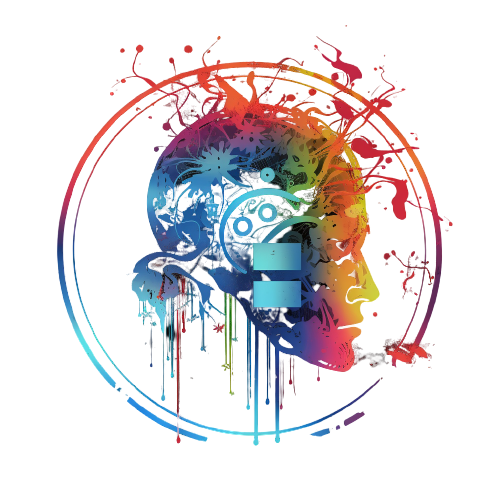Unraveling the Mysteries of Triglav: Exploring the Slavic Mythology God
Slavic mythology is a rich tapestry of legends, tales, and deities that has captivated people for centuries. One of the most fascinating figures in this ancient pantheon is Triglav.
Introduction:
Slavic mythology is an intricate and diverse system of beliefs and traditions that has evolved over thousands of years. At its core are a plethora of gods, goddesses, spirits, and mythical creatures that represent various aspects of the natural world and human experience. One of the most powerful and iconic figures in this pantheon is Triglav, the three-headed god of the Slavs.
Triglav is a complex and multifaceted deity, whose origins and meanings are still debated by scholars and historians. In this blog post, we will explore the many facets of Triglav, from his symbolism and attributes to his role in Slavic mythology and culture. We will also examine the various theories and interpretations that have been proposed about this enigmatic god, and shed light on the mysteries that still surround him today.
The Three-Headed God:
At the heart of Triglav's mythology is his distinctive appearance, with three heads stacked on top of each other. This unique feature is one of the most recognizable aspects of the god, and has been the subject of much speculation and interpretation over the years.
One of the most common interpretations of Triglav's three heads is that they represent the three realms of the Slavic cosmos: the heavens, the earth, and the underworld. As such, Triglav is seen as a symbol of unity and harmony, bringing together the disparate elements of the universe into a cohesive whole.
Another interpretation of Triglav's three heads is that they represent the three major Slavic gods: Perun, Veles, and Svarog. Perun was the god of thunder and lightning, Veles was the god of the earth and the underworld, and Svarog was the god of the sky and the sun. By combining these three figures into a single deity, Triglav represents the unity and balance of the Slavic pantheon.
Triglav in Mythology:
Triglav appears in a number of Slavic myths and legends, often playing a central role in stories of creation, destruction, and rebirth. One of the most famous stories featuring Triglav is the tale of the battle between Perun and Veles, which is often seen as a metaphor for the struggle between good and evil, order and chaos.
In this story, Veles, the god of the underworld, steals Perun's prized cattle, and hides them in his own realm. Perun, enraged by this theft, descends into the underworld to confront Veles, and a great battle ensues. Ultimately, Perun emerges victorious, and restores order to the cosmos.
Triglav also appears in myths and legends related to fertility, agriculture, and the changing of the seasons. In these stories, he is often associated with the cycle of life, death, and renewal, and is seen as a powerful force of nature that governs the growth and vitality of crops and livestock.
In some versions of these myths, Triglav is depicted as a benevolent deity who bestows abundance and prosperity upon his followers. In others, he is a more fearsome figure, associated with death and destruction, and is said to demand sacrifices in order to appease his wrath.
Interpretations and Meanings:
The exact meanings and interpretations of Triglav's symbolism and mythology are still debated by scholars and historians today. Some see him as a representation of the Slavic concept of troika, or three-foldness, which is seen as a fundamental aspect of the universe and the human psyche.
Others see Triglav as a syncretic deity, created by the fusion of multiple pre-existing gods and beliefs. Still others view him as a cultural symbol of Slavic unity and identity, embodying the shared heritage and traditions of the Slavic people.
Whatever his true meaning and significance, Triglav remains an enduring and powerful figure in Slavic mythology and culture. His image can be found on everything from coins and flags to statues and monuments, and he continues to inspire artists, writers, and thinkers to this day.
Triglav is a fascinating and enigmatic figure in Slavic mythology, whose symbolism and meaning have captivated people for centuries. Whether seen as a representation of the Slavic cosmos, a fusion of pre-existing deities, or a cultural symbol of unity and identity, Triglav continues to hold a place of importance in the hearts and minds of Slavic people around the world.
By exploring the rich mythology and history surrounding this three-headed god, we can gain a deeper understanding of the diverse and complex culture of the Slavic people, and appreciate the timeless power and beauty of their ancient traditions.
Stay Connected and Informed
Stay updated on this controversy and other relevant topics! Sign up for our newsletter and connect with Luka Nedeljkovic on LinkedIn. Share your thoughts and opinions on this issue, and help contribute to an informed discussion.
